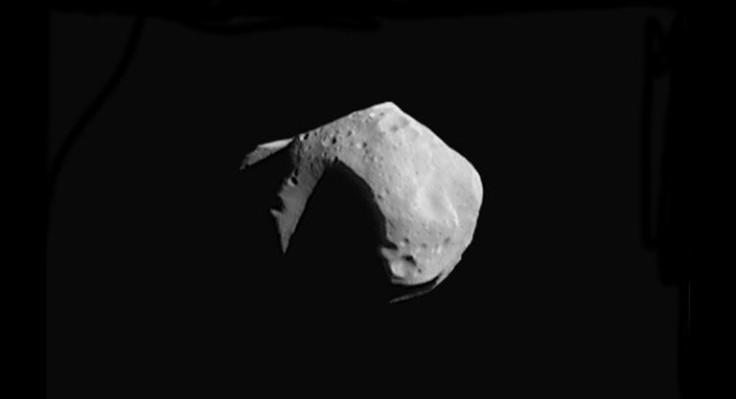Airburst-Causing Asteroid To Approach Earth On Saturday, NASA Warns

KEY POINTS
- NASA is monitoring an asteroid that's expected to approach Earth this weekend.
- The orbit of the approaching asteroid intersects the path of Earth.
- The asteroid is big enough to cause a violent explosion in Earth's atmosphere
NASA’s asteroid tracking system is currently monitoring a space rock that will approach Earth this weekend. According to the data collected by the system, the approaching asteroid is big enough to create a powerful and violent explosion in the sky if it strikes Earth.
The incoming asteroid has been identified by NASA’s Center for Near-Earth Object Studies (CNEOS) a 2019 YB4. This asteroid has an estimated diameter of about 86 feet and is currently flying towards Earth at a speed of almost 14,000 miles per hour.
According to CNEOS, 2019 YB4 belongs to a class of asteroids known as Apollos. These asteroids follow very wide orbits within the Solar System. Aside from Earth, many Apollo asteroids orbit around other planets in the system such as Mercury and Venus.
Like other Apollo asteroids, 2019 YB4 intersects Earth’s orbit twice as it goes around the Sun. Its next near-Earth intersection is expected to happen on Jan. 4 at 5:33 am EST.
If 2019 YB4 ends up colliding with Earth as it intersects its orbit, the asteroid would most likely not cause an impact event on the planet. Given its size and speed, the asteroid will probably not make it through Earth’s atmosphere.
As it reaches the atmosphere, the asteroid will most likely burn up and explode. Depending on the angle of its approach, the asteroid could explode at an altitude of 54,000 to 87,000 feet. The energy that would be produced by its mid-air explosion could be equivalent to over 30 atomic bombs.
Most of the explosion’s energy would be absorbed by the atmosphere. However, depending on the altitude of the airburst, the remaining energy from the blast could still affect people and structures on the ground. If the asteroid explodes at a low altitude, it could destroy thousands of buildings.
Fortunately, 2019 YB4 will be flying past Earth from a safe distance in its upcoming approach. According to CNEOS, the asteroid will approach the planet on Saturday from a distance of 0.00839 astronomical units or about 780,000 miles away.
After this weekend’s visit, the asteroid is not expected to return to Earth’s vicinity until Jan. 2, 2021.
© Copyright IBTimes 2024. All rights reserved.





















